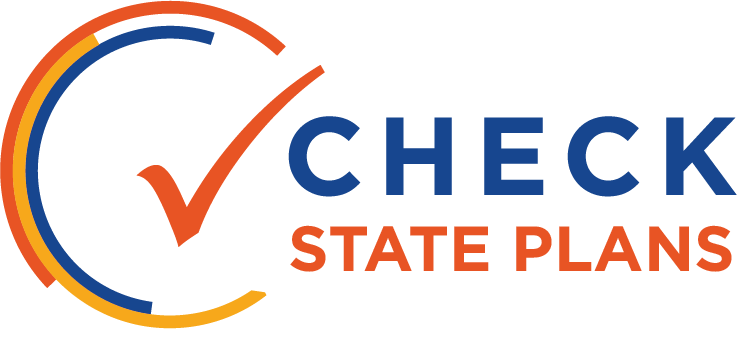
ALL STUDENTS

Wisconsin lowered its minimum subgroup size to 20 students a few years ago, and it plans to keep it at 20 for the purposes of ESSA.
While Wisconsin decided to keep its subgroup size at 20 students as a result of stakeholder feedback, the state also provided data showing that higher percentages of schools and at-risk subgroups would be captured under an even lower group size, and the state may find opportunities to make improvements to its plan by lowering the subgroup size again.
Wisconsin says it will report indicator-level scores for each subgroup of students, but it does not mention including a distinct weight for subgroups in its school rating system.
Instead, the state says it will identify schools with consistently underperforming subgroups if “any subgroup is in the bottom 10 percent of statewide performance for all students and in the bottom 10 percent of statewide subgroup performance across all indicators.” However, it’s unclear what this means exactly. For example, it isn’t clear whether Wisconsin would identify the bottom 10 percent of each subgroup, or whether it would only look at the bottom 10 percent of all subgroups. Those would have different ramifications for schools in the state.
Wisconsin is proposing to include students who are former English learners in the English learner subgroup.
Since exiting students tend to have higher performance, the state should monitor its data to ensure it is not masking the performance of students who are still receiving services. The state plan should also include information about how long recently exited ELs will be included in the English learner subgroup.
Wisconsin will give English language proficiency a slightly higher weight in schools with higher concentrations of English learners.
Wisconsin’s ESSA plan also explicitly references its State Systemic Improvement Plan under the Individuals with Disabilities Education Act, which focuses on increasing literacy rates for students with disabilities. Including it in the state’s ESSA plan demonstrates a commitment to educating all students, and to integrating and aligning state improvement efforts.
Finally, Wisconsin could strengthen its plan by explaining what will happen to schools in the event their overall participation rate, or the participation rate of any particular subgroup, falls below 95 percent.
 OVERVIEW
OVERVIEW





